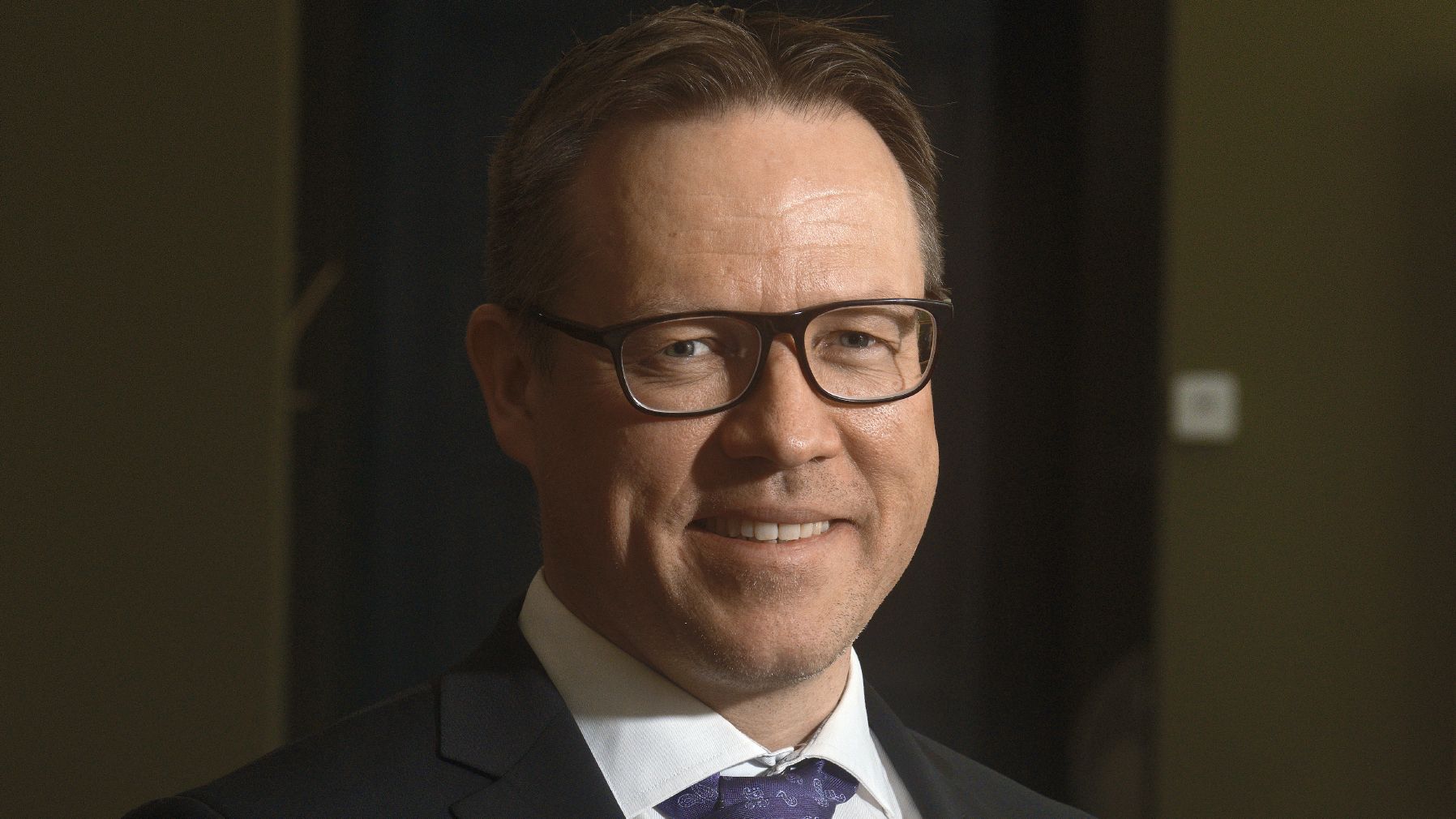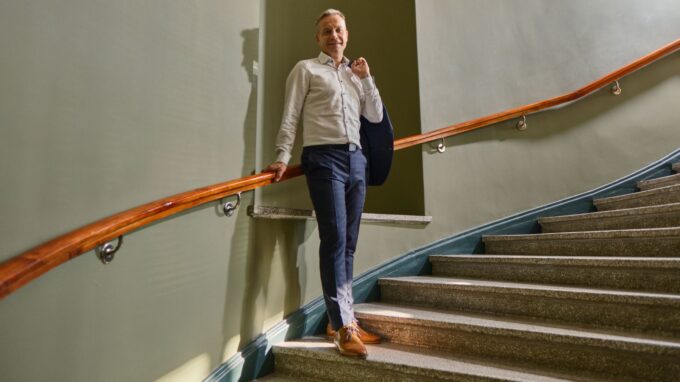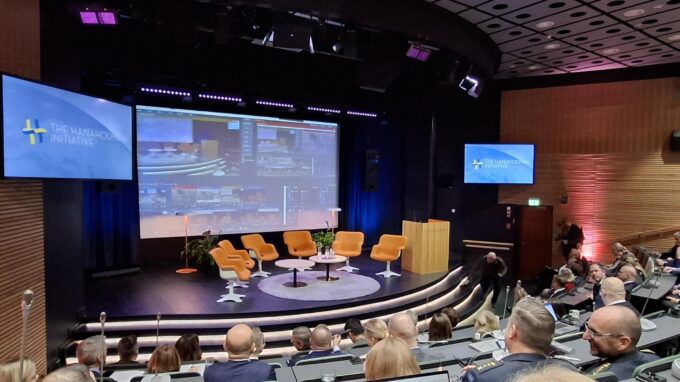Joensuu’s strategic goal is to keep up with population growth and to move towards becoming a city of 80,000 inhabitants by 2025. In September last year, we achieved the milestone of 78,000 Joensuu residents. By 2030, our goal is to become the 10th largest city in Finland according to the current municipal structure. We are currently in 12th place. Kouvola’s population is only 900 residents and Pori’s 5,000 residents ahead of us.
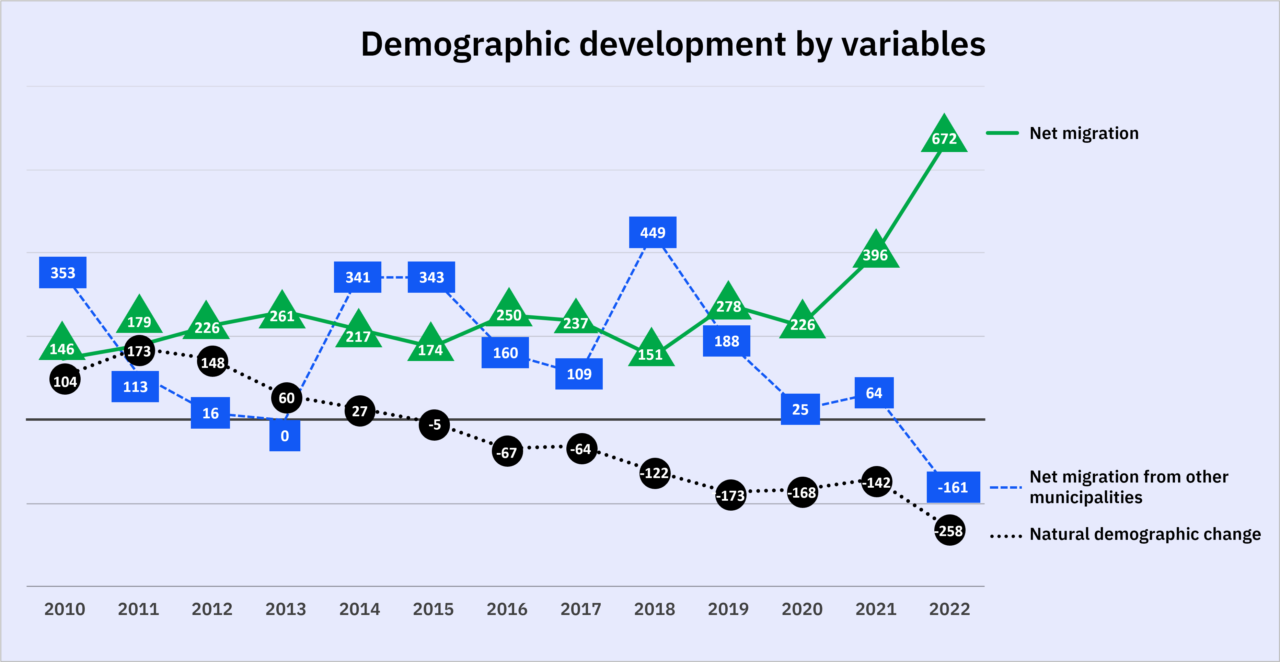
Joensuu is growing thanks to immigration
At the moment, our city is only growing due to immigration, as the natural population change and the domestic migration balance are negative. As in the rest of the country, birth rates in Joensuu have been very low. In recent years, domestic net migration has originated mostly from inside North Karelia and Savonlinna, and to a lesser extent from Kainuu and South Karelia. Most of the removal vans have left for the capital region, Tampere and Kuopio. As a university town, Joensuu’s domestic net migration gain is heavily focused on young people aged 15–24. In contrast, the net migration loss is mainly caused by 25–34-year-olds moving away.
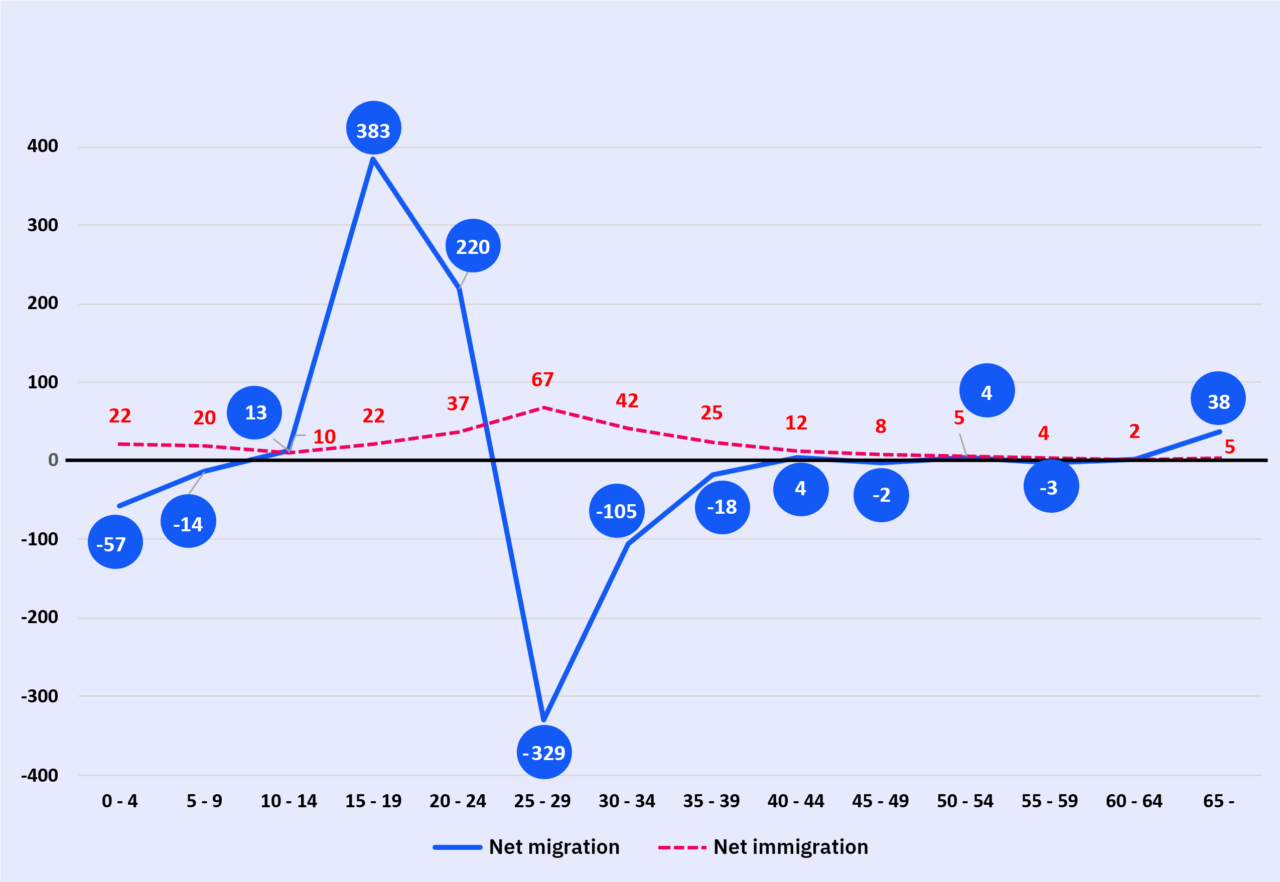
The net immigration to Joensuu in the last 12 months has been a record +992 people. Our population is rapidly becoming more international due to both immigration for study and work and refugees. Soon some 300 Ukrainians who fled the Russian invasion will have become residents of Joensuu and customers of the city’s services. The Finnish-speaking working-age population is decreasing and the foreign-speaking population is growing.
Changes in the city’s age structure
In addition to internationalisation, Joensuu’s development is being directed by the changes in its age structure. The proportion of those aged under 15 and 15–64 have decreased. In contrast, the proportion of people aged 65 and over has increased sharply. This development will continue in the near future. The average age of the residents of Joensuu has risen but, thanks to students, Joensuu is still a comparatively young city in the municipal field of Finland.
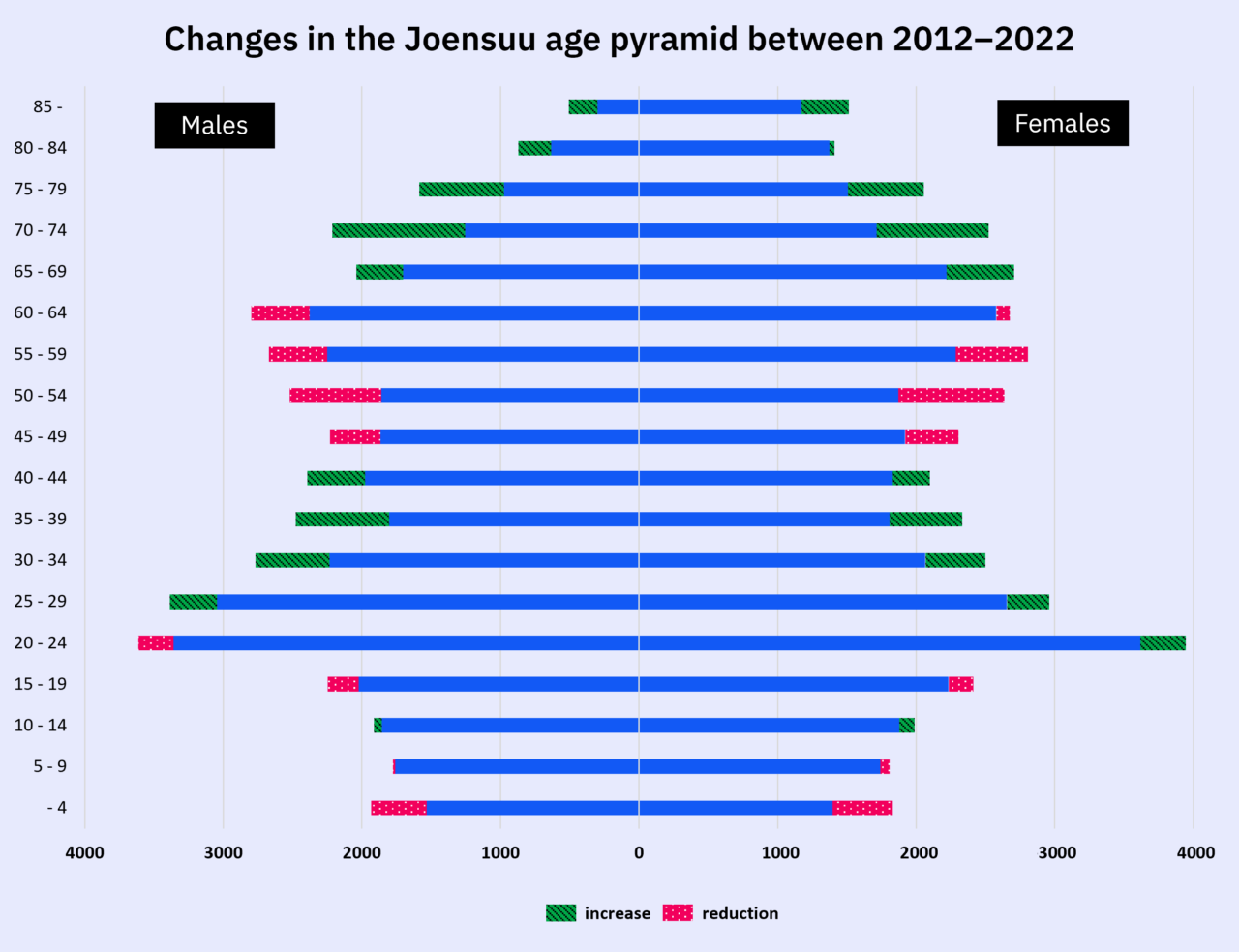
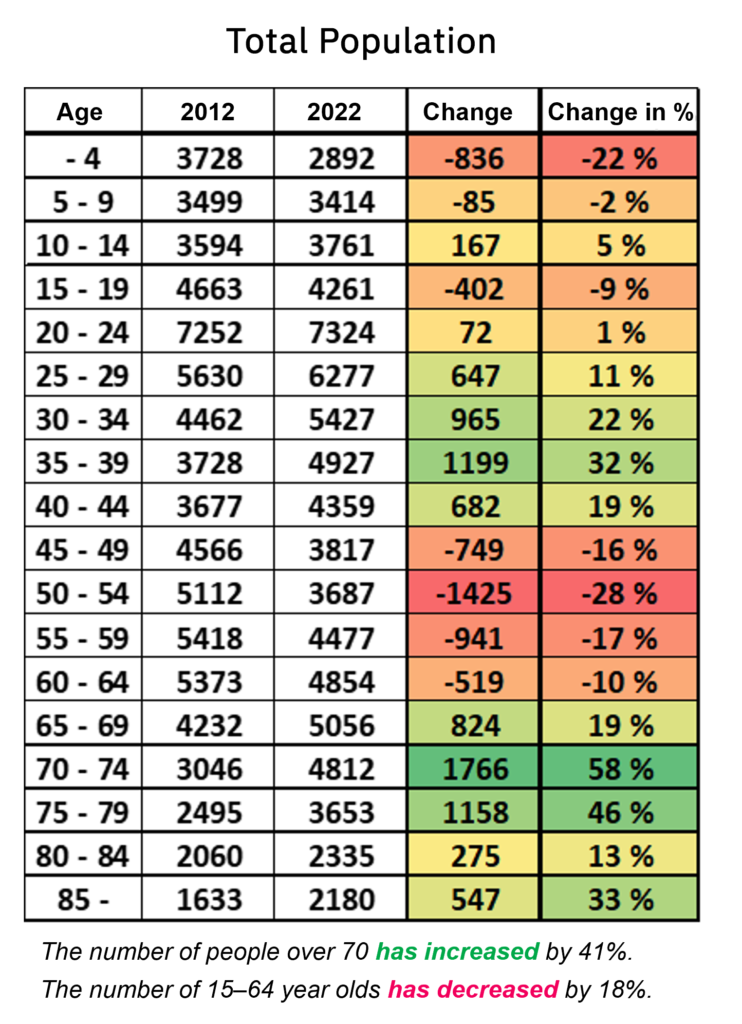
Strong urbanisation
A clear trend towards urbanisation can be seen in the internal area review of Joensuu. Since 1990, the proportion of people living in urban areas has increased by almost ten percentage points. At the same time, the proportion of people living in rural areas has decreased. There has been a strong trend towards internal “urban development” in Joensuu, and the residents are increasingly concentrated at a distance of no more than about 20 minutes from the city centre. Internationalisation accelerates concentration. International migrants are moving to urban areas, increasing the need for service production in these areas.
Demographics and economic adaptation
Changes in the demographic structure and geographical location of residents are key considerations in the city’s service production, investments and economic adaptation. Failure to develop a long-term service and location strategy would be irresponsible municipal management and misuse of tax funds.
Decisions will certainly not be easy. However, they are essential and cannot be left undecided. It is the responsibility of the officials to prepare matters for decision-making using the best available information and foresight. The aim is to secure Joensuu’s services, economic sustainability and conditions for vitality.

